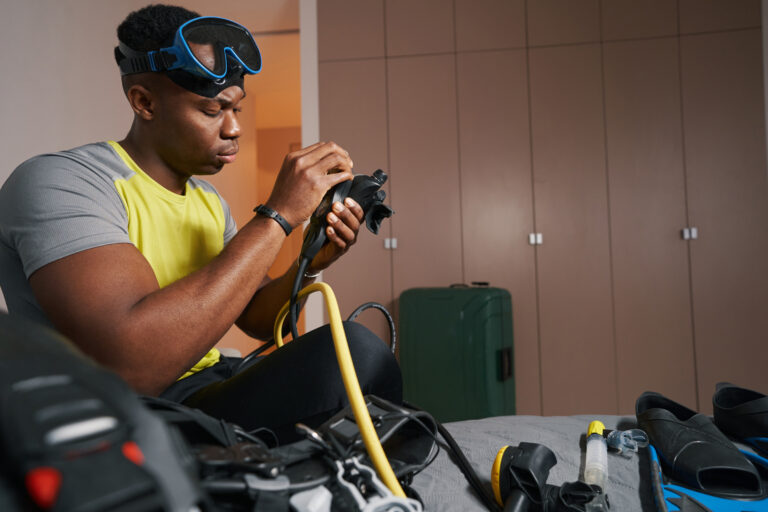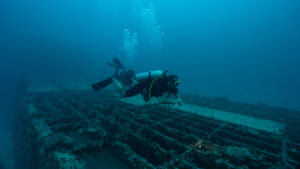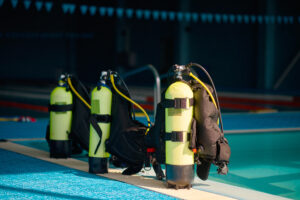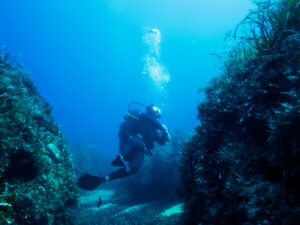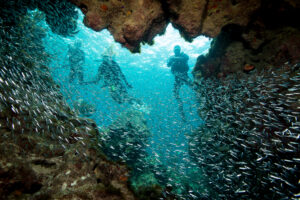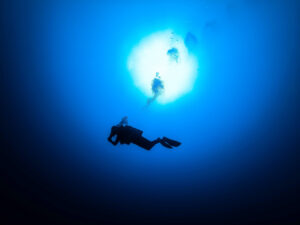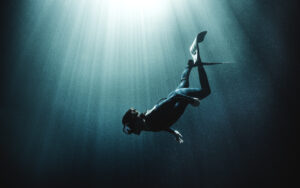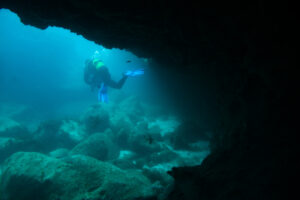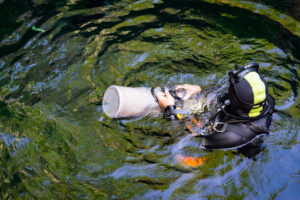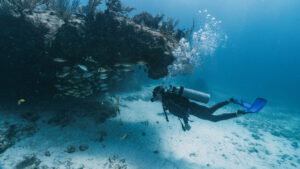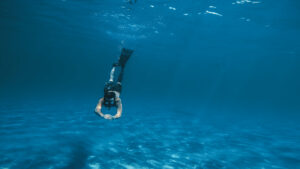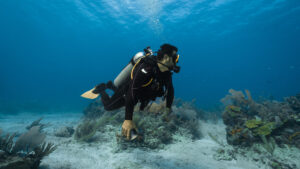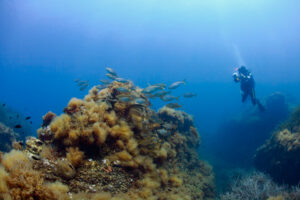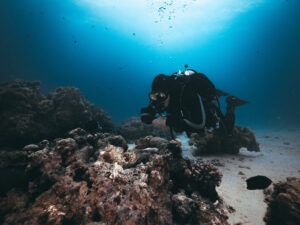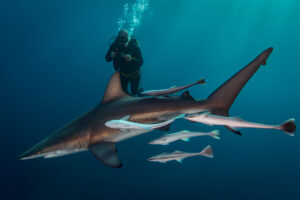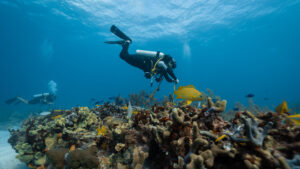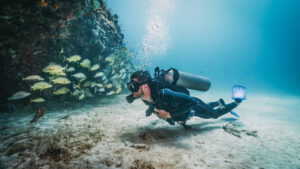What is a Second Stage in Scuba Diving?
Scuba diving offers an immersive experience into the aquatic world, providing opportunities for exploration, underwater photography, marine biology research, and recreational activities. To facilitate safe and effective underwater breathing, scuba divers rely on a critical piece of equipment called the diving regulator. The diving regulator has two main components: the first stage and the second stage. This article will focus on the second stage regulator, which is responsible for reducing the intermediate pressure to ambient pressure on demand, ensuring that the diver receives air at a breathable pressure.
Function and Importance
The second stage regulator, also known as the demand valve, is an essential component in a scuba diver’s breathing apparatus. It is responsible for delivering air from the first stage regulator (connected to the scuba cylinder) to the diver’s mouth at a pressure that matches the surrounding water pressure, also known as ambient pressure. This pressure reduction is critical because the air in the scuba cylinder is stored at a high pressure, typically around 200-300 bar (2,900-4,350 psi), which would be harmful and impossible for a diver to breathe directly.
Mechanism
The second stage regulator operates on the principle of supplying air to the diver upon demand. It is designed to be sensitive to the diver’s inhalation effort, providing air only when the diver inhales and ceasing the airflow when the diver exhales. This on-demand system ensures that the diver receives air at the appropriate pressure and conserves the air supply in the scuba cylinder.
The second stage regulator consists of several key components, including the housing, demand diaphragm, lever, exhaust valve, and mouthpiece. When the diver inhales, the demand diaphragm moves inward due to the difference in pressure between the ambient water pressure and the air pressure inside the regulator. This movement actuates a lever connected to the demand valve, which opens and allows air from the first stage to flow into the second stage. The incoming air is channeled through the mouthpiece and into the diver’s mouth. When the diver exhales, the demand diaphragm returns to its original position, closing the demand valve and stopping the airflow. The exhaled air is then vented through the exhaust valve, preventing it from re-entering the second stage.
Adjustable Features
Modern second stage regulators come with several adjustable features to enhance the diver’s comfort and adapt to different diving conditions. One such feature is the Venturi control, a valve that adjusts the airflow within the second stage. When set to the “pre-dive” position, the Venturi control helps to minimize the chances of free-flow, a situation where the regulator continuously supplies air even when the diver is not inhaling. This is particularly useful when entering the water or when the regulator is not in the diver’s mouth. When set to the “dive” position, the Venturi control provides optimal airflow for effortless breathing.
Another adjustable feature is the inhalation effort control, which allows the diver to fine-tune the sensitivity of the demand valve. Increasing the inhalation effort requires the diver to exert more force to open the demand valve, while decreasing the effort makes it easier to breathe. This feature is useful for adapting to different depths and personal preferences.
Maintenance and Care
Proper care and maintenance of the second stage regulator are essential to ensure its reliability and longevity. After each dive, the second stage should be rinsed thoroughly with fresh water to remove any salt, sand, or debris that may have accumulated. It is also important to avoid exposing the regulator to extreme temperatures or direct sunlight, as these conditions can cause damage to the internal components.
Periodic servicing by a qualified technician is recommended, usually every one to two years or after 100 dives, whichever comes first.
During servicing, the technician will inspect, clean, and replace any worn or damaged parts, such as O-rings, diaphragms, and valves, as needed. This ensures that the regulator continues to perform optimally and extends its useful life.
Diver Safety and Proper Use
A well-maintained second stage regulator is vital for a diver’s safety and comfort while exploring the underwater world. It is essential for divers to familiarize themselves with the operation and features of their second stage regulator, as well as to practice proper breathing techniques. This includes avoiding rapid or forceful inhalation, which can lead to overexertion and increased air consumption. Instead, divers should aim for slow, deep breaths, allowing for adequate gas exchange and a more relaxed diving experience.
Furthermore, divers should never hold their breath while using a second stage regulator, as this can result in lung overexpansion injuries due to the continuous pressure changes experienced during ascent and descent. Proper buoyancy control and monitoring of the remaining air supply are also crucial to ensure a safe and enjoyable dive.
Compatibility with Other Diving Equipment
When choosing a second stage regulator, divers should consider compatibility with their existing diving equipment. Most regulators are designed to work with specific first stage regulators, so it is essential to ensure that the chosen second stage is compatible with the diver’s first stage. Additionally, divers who engage in technical diving or use alternative breathing gas mixtures, such as nitrox or trimix, may require specialized second stage regulators designed to withstand the demands of these advanced diving scenarios.
The second stage regulator is an indispensable component of a scuba diver’s breathing apparatus, responsible for providing air at a breathable pressure on demand. With adjustable features, proper maintenance, and an understanding of its proper use, divers can rely on their second stage regulator for safe and comfortable underwater exploration. By investing in a high-quality second stage regulator and ensuring its compatibility with the rest of their diving equipment, divers can enjoy the wonders of the underwater world with confidence and ease.

